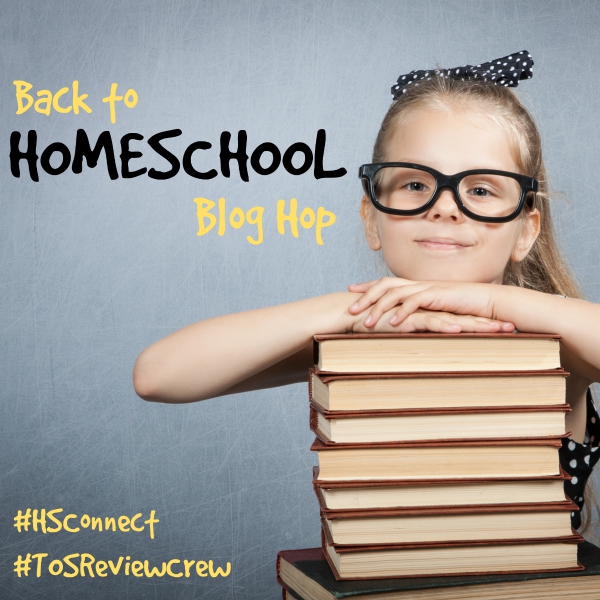Homeschooling through the High School years has been the topic of conversation in our local homeschool group for the last couple of months. Over the years I've heard a lot about
Classical Conversations and have been
researching this homeschooling method.
Classical Converstaions is built on the Trivium model of education with a Christian Focus.
With this years focus on long term planning for the
High School years I was very excited to hear that Leigh A. Bortins had authored a new book covering this period of education titled
The Conversation.
Leigh is a veteran home educating mom of 30 years and has written this marvelous book to equip, encourage and help you form a firm foundation for your children as they walk through the high school years together with you.
What we received
- Paperback book
- 267 pages
- Author: Leigh A. Bortins
- ISBN: 978-0-9904720-2-5
- Published: 2015
About the book
The Conversation is the third book in the Classical Conversations Trivium Trilogy. The first two books are:
The Core and
The Question.
The grammar stage (The Core) allows children to learn and memorize facts. During the dialectic stage (The Question), students are encouraged to start asking questions and evaluate what they are learning. The rhetoric stage (The Conversation) allows teens to apply that knowledge practically. “Rhetoric is the use of knowledge and understanding to perceive wisdom, pursue virtue, and proclaim truth” (
The Conversation, p. 38-39)
The book is broken down into three main parts:
Part One – High School at Home
- Chapter 1 – Confidant Parents
- Chapter 2 – Rhetoric Defined
Part Two – The Rhetorical Arts
- Chapter 3 – Reading
- Chapter 4 – Speech and Debate
- Chapter 5 – Writing
- Chapter 6 – Science
- Chapter 7 – Math
- Chapter 8 – Government and Economics
- Chapter 9 – History
- Chapter 10 – Latin and Foreign Language
- Chapter 11 – Fine Arts
- Chapter 12 – A Graduation Conversation
Epilogue
Part Three – Appendices
- Appendix One – Conversation Games
- Appendix Two – Common Rhetorical Devices
- Appendix Three – Resources
- Appendix Four – Real Parents Respond
"As classical parents and educators, we sometimes forget that we really only need four things in order to educate someone. We need pencil, paper, good books and time for great conversations."
In part one Leigh does a wonderful job of equipping and encouraging parents to home educate through the high school years. She presents a good case explaining why home educating through the high school years is possible.
In Chapter two she takes the time to define rhetoric and what that means for you as an educator. In this chapter she introduces the five canons of the this educational model. "The word comes from the Greek
Kanon, which refers to a measuring line or standard of excellence."(
The Conversation page 42)
- Invention - coming up with and researching ideas
- Arrangement - organizing these ideas in a manner that makes sense
- Elocution - determining the style of presentation for the type of audience
- Memory - Memorizing the information and adding key points of remembrance
- Delivery - Presenting the ideas, in either a written or spoken format
Leigh takes the time to define each of these areas and why they are used in the classical model of education.
She uses these five canons to define how to teach each of the subjects outline in chapters 3 to 12 along with examples for each subject. She introduces the subject matter, breaks it down into each of the canons and finishes each chapter with a summary of the subject matter and canons. The examples are often presented in conversational format so you can clearly see how to have a conversation using this model of education with your high school student. These are all built around real life examples.
She provides great arguments for why all of this is important, how parents can integrate them, and what children gain from studying such subjects.
The final section of the book contains games, definitions, resources and further reading suggestions.
Cost of The Conversation
The Conversation is specifically written for parents who are approaching the high school years, considering homeschooling through these years or who are currently homeschooling through the high school years.
I have already graduated two high schooler's and found that this is one of those wonderful resource books to have on your shelf to reference as you teach your children through all levels at home. It's a great book to read even if you are not following the Classical Conversation method of educating at home. In fact I've enjoyed reading it so much I am looking forward to purchasing the first two books in the series.
Blessings
Chareen
Connect with Classical Conversations
















